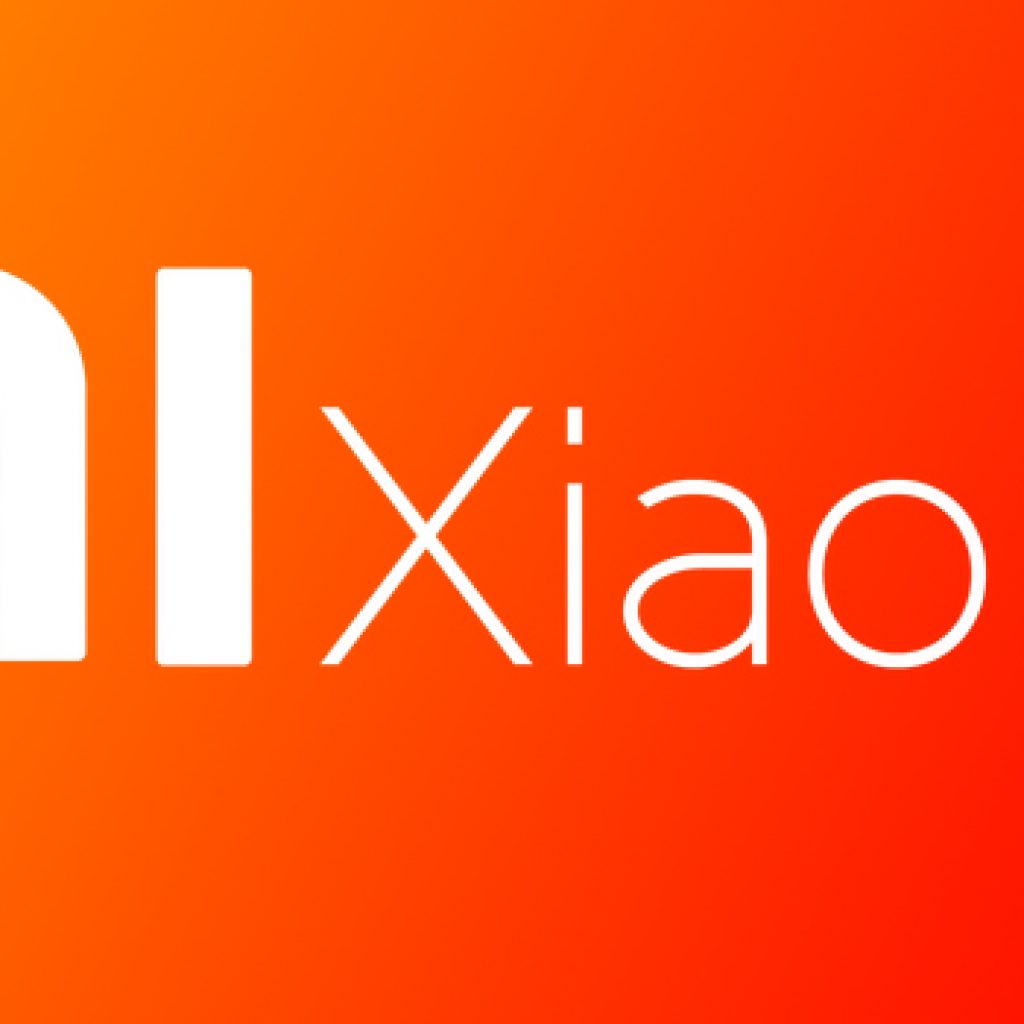
In 2014, Xiaomi, the Chinese electronics and Software Company, stepped in the Indian market with an innovative market strategy in partnership with Flipkart, the country’s largest online retailer by launching the Mi 3. The model unveiling took place in a small hall with few journalists covering the event; a big contrast to the unveiling of Apple and Samsung new phones. Instead of spending vast sums of money on marketing and advertising, Xiaomi decided to employ hunger-marketing tactics – a psychological strategy designed to focus on the customer’s desire, making them crave for a product others want to buy – to sell its cost effective smartphones.
Making only a limited supply of smartphones available on the e-commerce platform, the smartphone sold out after a few seconds. This strategy bore fruits instantly, additionally, the smartphone was well received in the Indian market with mostly positive reception but soon saw hurdles in their uphill climb. The non-availability of spare parts and bad after-sales support damaged the reputation of the Chinese smartphone maker. The flash sales also meant that few tech bloggers actually received the product and made reviews about the phone hard to procure. Moreover, there was also a reluctance to trust a product with a tag “Made in China” in general.
Back then the company realized that their lack of offline presence was contributing to Xiaomi’s slow growth as the e-commerce driven business model had hit a ceiling.
Yet, two years later, Xiaomi’s business model in India helped it make revenues in India exceeding $1 billion. During the festive season of Diwali, when Amazon and Flipkart offer amazing discounts and promotions, Xiaomi were reported to be selling over the million phones in two weeks. Additionally, their Redmi Note 4 was the fastest device to reach the one million unit sold mark in India and projected the company among the top smartphone brands in the country.
In 2017, the company pushed forward their marketing strategy by stepping in the offline market as well, partly because only a third of smartphones are sold online in India. To transition smoothly in the offline market, Xiaomi adopted a three-pronged strategy involving large format retailers, Mi Preferred Partner stores and the installation of their own Mi Home stores.
Xiaomi also opened a second factory in India to keep up with the increasing demand enabling over 95% of the smartphones sold in India to be manufactured locally.
India represent Xiaomi’s second largest market after China and the way the company fares in the Indian market is primordial to Xiaomi’s globalization strategy. Hence, Xiaomi is planning to possess the largest market share in the country in the smartphone category within the next three to five years and knock the long standing Samsung off its perch.
It’s hard to believe that such growth is impossible. The way Xiaomi flew in the Indian market is a captivating success story. By end 2017, Xiaomi surpassed the $2 billion mark in India and took the number one spot in smartphone sales in the country. Two leading market research agencies – Counterpoint and Canalys – claimed that Xiaomi grabbed the first spot of sales in the last quarter of 2017. A claim that was rejected by Samsung global vice president, Asim Warsi, who came forward in stating that Samsung led the phone selling charts for the past six years and is the number one brand in the smartphone segment for the past 24 quarters.
While it is possible that Xiaomi did not surpass the South Korean giant yet, the transfer of power seems imminent. Of course, Xiaomi does not have the brand trust that Samsung possess but the Chinese company is doing everything they can to turn this around and the battle of David vs Goliath will be very interesting to follow.
